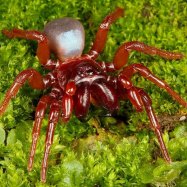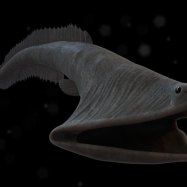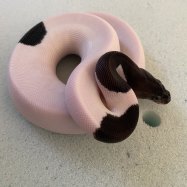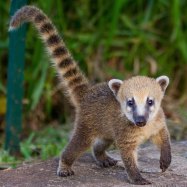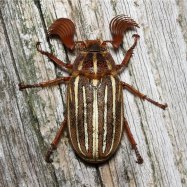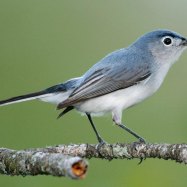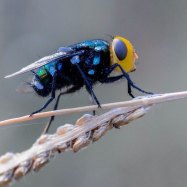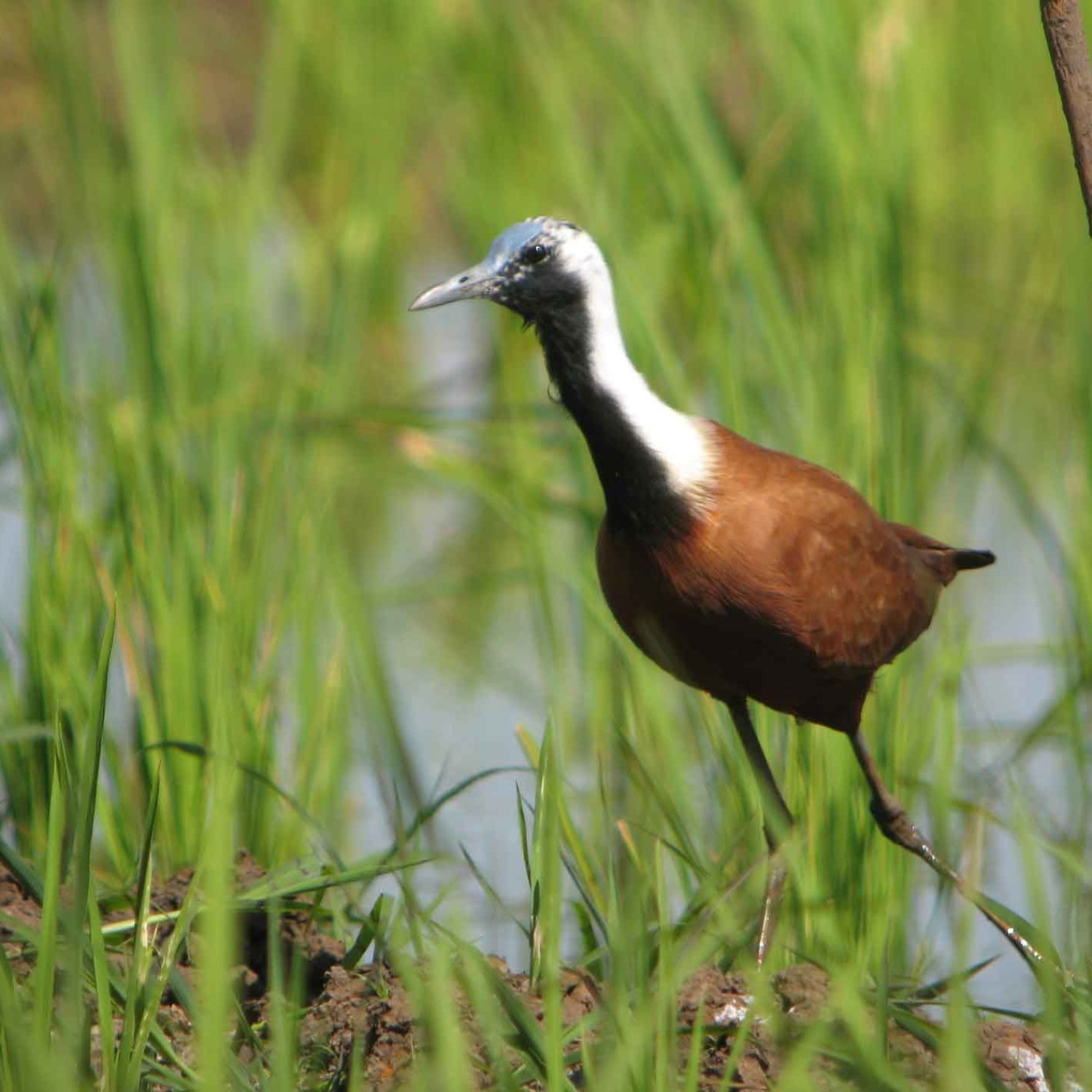
Madagascar Jacana
25-30 cm
The Madagascar Jacana is a beautiful bird with a slender body, long legs, and toes that are perfect for walking on aquatic vegetation. These birds can be found in wetlands and lakes across Madagascar. They belong to the family Jacanidae and can grow up to 25-30 cm in length. Keep an eye out for this stunning bird on your next visit to the country! #MadagascarJacana #birds #wildlife #travel
Animal Details Summary:
Common Name: Madagascar Jacana
Kingdom: Animalia
Habitat: Freshwater wetlands, marshes, and ponds
The Fascinating Madagascar Jacana: A Master of the Wetlands
The world is filled with amazing creatures, from the tiniest insects to the largest mammals. But there are some animals that often go unnoticed, hidden in remote corners of the globe. These animals may not be as well-known as elephants or lions, but they are just as intriguing and unique. One such animal is the Madagascar Jacana, a bird species that calls the island nation of Madagascar its home Madagascar Jacana.With its scientific name being Actophilornis albinucha, the Madagascar Jacana has captured the attention of bird enthusiasts and nature lovers alike. This bird is also known by its common name, Madagascar Jacana, making it easy to identify and remember for those who have come across it. But despite its name, this bird is much more than just a typical Jacana species.
Belonging to the kingdom Animalia and the phylum Chordata, the Madagascar Jacana is classified under the class Aves, which includes all birds. With its characteristic long legs and toes, this bird is part of the order Charadriiformes, which consists of shorebirds and gulls. The Madagascar Jacana also falls under the family Jacanidae, along with other Jacana species found in different parts of the world.
But what sets the Madagascar Jacana apart from its relatives is its unique habitat and striking physical features. This bird is primarily found in freshwater wetlands, marshes, and ponds, making it a master of the wetlands. And with its slender body and long legs and toes, the Madagascar Jacana is well-equipped for its unique home Monitor Lizard.
The Madagascar Jacana's Habitat and Distribution
Madagascar is an island nation located off the east coast of Africa. It is known for its rich biodiversity, with many species found nowhere else in the world. This includes the Madagascar Jacana, which is endemic to the country. This means that you can only find this bird in Madagascar, making it a truly special creature.The Madagascar Jacana's favorite habitat is freshwater wetlands, especially those with dense vegetation and floating vegetation mats. These wetlands can be found throughout the country, from coastal areas to the highlands. The bird is also known to inhabit lakes and ponds that are surrounded by dense vegetation, providing it with the perfect environment to thrive in.
But the Madagascar Jacana's distribution is not limited to only a few wetland areas in Madagascar. This bird can be found in various parts of the country, from the humid rainforests of the east to the arid western regions. It has been observed in wetlands and lakes across the country, making it a common sight for those living in Madagascar.
The Omnivorous Feeding Habits of Madagascar Jacana
As an omnivore, the Madagascar Jacana has a diverse diet that includes both plant and animal matter. With its long legs and toes, this bird is well-adapted for walking on aquatic vegetation and skim-feeding on the surface of the water. It uses its long, curved beak to pluck small invertebrates and insects from the water's surface, making them an essential part of its diet.But the Madagascar Jacana also feeds on a variety of plants, including seeds, fruits, and flowers. It feeds on the aquatic plants found in the wetlands, as well as the vegetation surrounding the lakes and ponds. This versatile diet allows the bird to survive in different habitats and adapt to the changing conditions throughout the year.
The Physical Characteristics of Madagascar Jacana
At first glance, the Madagascar Jacana may seem like a small, unassuming bird. But upon closer inspection, its physical features captivate even the most casual observer. This bird has a predominantly brown body, with a black head and neck. Its wings are also brown, with a white wing bar and a distinctive white spot on its wings.But what stands out the most are its long legs and toes, which are an essential part of its anatomy. The legs are greenish in color, while the toes are yellowish, with long, elongated claws that allow the bird to grip onto aquatic vegetation as it walks on the water's surface. Its body is slender, with a length ranging from 25-30 cm.
The Behavioral Patterns of Madagascar Jacana
While the Madagascar Jacana may be a solitary bird, they tend to congregate in large numbers in areas with abundant food and suitable breeding habitats. These birds are diurnal, meaning that they are active during the day, with their peak activity during the early morning and late afternoon hours.One of the most intriguing behaviors of the Madagascar Jacana is its nesting habits. The female lays her eggs on floating vegetation mats, and the male is responsible for building the nest and caring for the eggs and chicks. This male parental care is unusual in bird species, making the Madagascar Jacana one of a kind.
Another fascinating aspect of their behavior is their ability to walk on floating vegetation. The long toes and claws allow the bird to distribute its weight and move across the water's surface without sinking or falling in. This unique adaptation is essential for their survival in the wetland habitats they inhabit.
In Conclusion
The Madagascar Jacana is a spectacular bird, with its unique physical features and adaptations that make it stand out from other members of its family. Its ability to walk on water and its versatile diet make it a master of the wetlands, while its nesting habits and parental care contribute to its fascinating behavior.Despite being endemic to Madagascar, this bird is often overlooked and underappreciated. But it is essential to remember that every animal, big or small, has a role to play in maintaining the delicate balance of our planet's ecosystems. And the Madagascar Jacana certainly plays a vital role in its unique habitat, reminding us of the beauty and diversity of our natural world.

Madagascar Jacana
Animal Details Madagascar Jacana - Scientific Name: Actophilornis albinucha
- Category: Animals M
- Scientific Name: Actophilornis albinucha
- Common Name: Madagascar Jacana
- Kingdom: Animalia
- Phylum: Chordata
- Class: Aves
- Order: Charadriiformes
- Family: Jacanidae
- Habitat: Freshwater wetlands, marshes, and ponds
- Feeding Method: Omnivorous
- Geographical Distribution: Madagascar
- Country of Origin: Madagascar
- Location: Wetlands and lakes across the country
- Animal Coloration: Mainly brown with a black head and neck
- Body Shape: Slender body with long legs and toes adapted for walking on aquatic vegetation
- Length: 25-30 cm
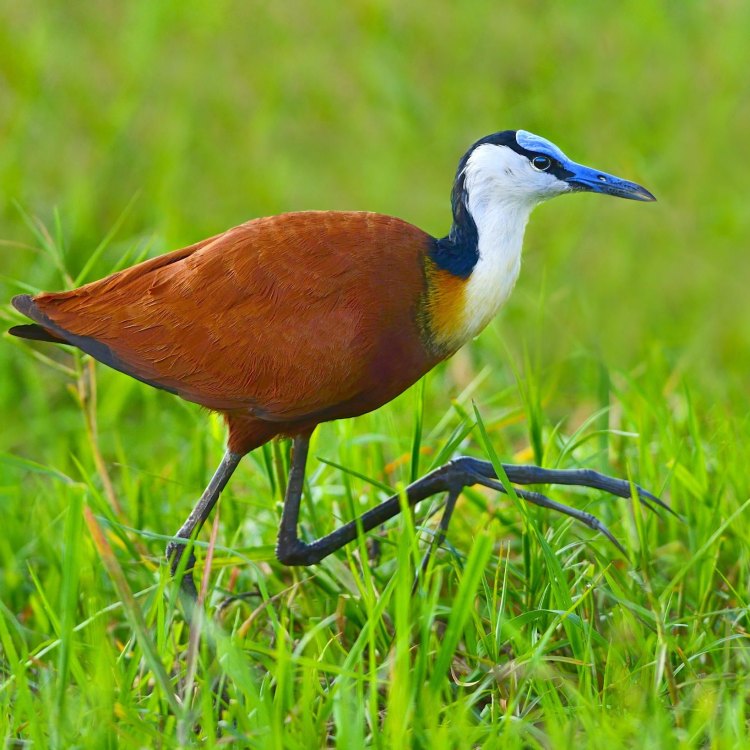
Madagascar Jacana
- Adult Size: Small
- Average Lifespan: Unknown
- Reproduction: Monogamous
- Reproductive Behavior: Builds floating nests made of plant material
- Sound or Call: High-pitched calls
- Migration Pattern: Non-migratory
- Social Groups: Solitary or in small groups
- Behavior: Wades through shallow water, uses its long toes to walk on floating vegetation
- Threats: Habitat loss, pollution, hunting, and invasive species
- Conservation Status: Vulnerable
- Impact on Ecosystem: Plays a crucial role in wetland ecosystems by dispersing seeds and controlling aquatic vegetation
- Human Use: Not used by humans
- Distinctive Features: Black head and neck, long toes for walking on vegetation
- Interesting Facts: Madagascar Jacanas are excellent swimmers and divers, they can even walk on floating mats of vegetation without sinking
- Predator: Unknown
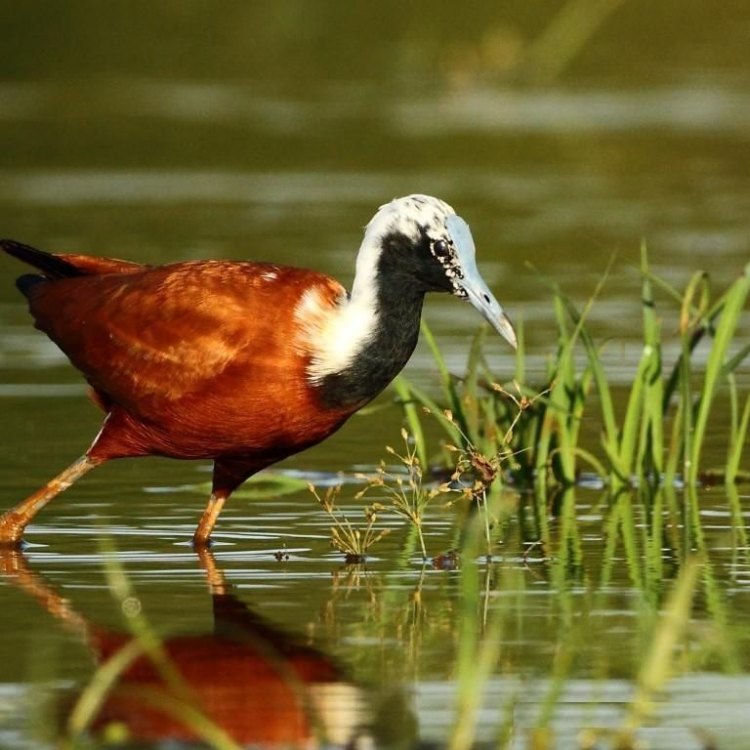
Actophilornis albinucha
Welcome to the Unique World of Madagascar Jacanas
The island nation of Madagascar is famous for its unique and diverse wildlife. From lemurs to chameleons, the country is home to countless fascinating creatures. One such species that stands out is the Madagascar Jacana (Actophilornis albinucha). This small bird may not be well-known, but it has some truly remarkable features that make it stand out among other birds PeaceOfAnimals.Com. In this article, we will explore the world of Madagascar Jacanas and uncover the secrets of this charming waterbird.Meet the Madagascar Jacana
The Madagascar Jacana is a small bird, about the size of a chicken. It is part of the Jacanidae family, a group of birds known for their long toes and ability to walk on floating vegetation. Its name comes from the Native American word "jacana," meaning "one who walks on stilts." This bird is also known as the Madagascar Plover, White-backed Jacana, and Madagascar Gallinule.Appearance and Distinctive Features
The Madagascar Jacana has a unique and striking appearance. Its head and neck are black, contrasting with its white face and underparts. It has a white stripe down its back, which gives it the name "White-backed" Jacana. But the most distinctive feature of this bird is its long toes Marabou Stork. These toes are incredibly long, allowing the Madagascar Jacana to walk on floating mats of vegetation without sinking. It almost looks like it's walking on stilts, making it a charming and fascinating sight to behold.Interesting Behavior and Adaptations
Madagascar Jacanas are expert waterbirds and are highly adapted to their aquatic lifestyle. They are excellent swimmers and divers, thanks to their streamlined bodies and webbed feet. But what sets them apart is their specially adapted toes, which are uniquely designed to distribute their weight and allow them to walk on floating vegetation without sinking. This adaptation is crucial for their survival as it helps them navigate through the wetlands, searching for food and avoiding predators.These birds are also known for their unique reproductive behavior. Madagascar Jacanas are monogamous, meaning they mate for life. They build floating nests made of plant material, which are hidden among reeds or floating vegetation. The male takes the lead in nest building while the female lays the eggs and incubates them. This behavior also extends to the rearing of their chicks, where both parents play an active role in caring for and protecting their offspring.
Wading and Feeding Habits
Madagascar Jacanas are primarily found in shallow wetlands and marshes, where they wade through the water in search of food. They have a varied diet, consisting of insects, small aquatic animals, and plants. Using their long toes, they can easily walk on floating mats of vegetation, where they forage for food. This unique behavior also helps them reach areas that other birds cannot, giving them a competitive advantage in finding food.Non-migratory Lifestyle
Unlike many other birds, Madagascar Jacanas do not migrate. They are non-migratory, meaning they do not undertake long-distance journeys. These birds are highly territorial and defend their preferred habitat year-round. This behavior also makes them easy targets for threats such as habitat loss and human disturbance.Threats to Survival
Unfortunately, Madagascar Jacanas face numerous threats to their survival. One of the primary threats is habitat loss due to human activities such as agriculture, development, and deforestation. In addition, pollution and hunting also pose a significant risk to these birds. The introduction of invasive species, such as the Nile Tilapia, has also had a negative impact on their population.Conservation Status and Impact on Ecosystem
Due to the various threats they face, Madagascar Jacanas are currently listed as vulnerable on the IUCN Red List. In recent years, there has been a decline in their populations, leading to concerns about their future. But why are these birds so crucial to their ecosystem, and what impact do they have?Madagascar Jacanas play a vital role in wetland ecosystems. They are seed dispersers, meaning they help to spread the seeds of plants through their droppings. By doing so, they help to maintain the diversity and balance of plant species in their habitat. Additionally, by foraging on small aquatic animals, they help to control the population of these species, preventing overgrazing and ensuring the overall health of the wetland ecosystem.
Human Use
Despite their unique features and important role in the ecosystem, Madagascar Jacanas are not used by humans. They are not hunted, nor are they kept as pets. However, their presence in wetland ecosystems is vital for their own survival and that of other species.Unknown Predators
The specific predators of Madagascar Jacanas are unknown. However, as they are ground-nesting birds, they are vulnerable to threats from predators such as mammals and other birds. Their camouflaged coloration and ability to blend in with their surroundings are their main defense against predators.Conclusion
The Madagascar Jacana is a small but fascinating waterbird that has captured the interest of scientists and nature enthusiasts. Its distinctive features, unique adaptation, and crucial role in the ecosystem make it a special and important bird. However, their conservation status is alarming, and urgent action must be taken to protect them and their habitat. By raising awareness and implementing conservation efforts, we can ensure the survival of this charming and unique species for generations to come.
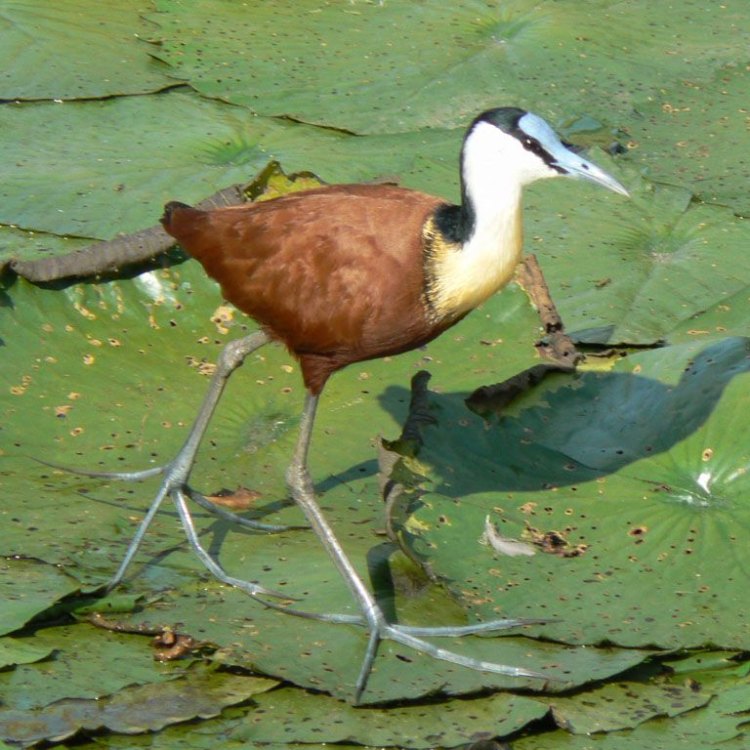
The Fascinating Madagascar Jacana: A Master of the Wetlands
Disclaimer: The content provided is for informational purposes only. We cannot guarantee the accuracy of the information on this page 100%. All information provided here may change without prior notice.


